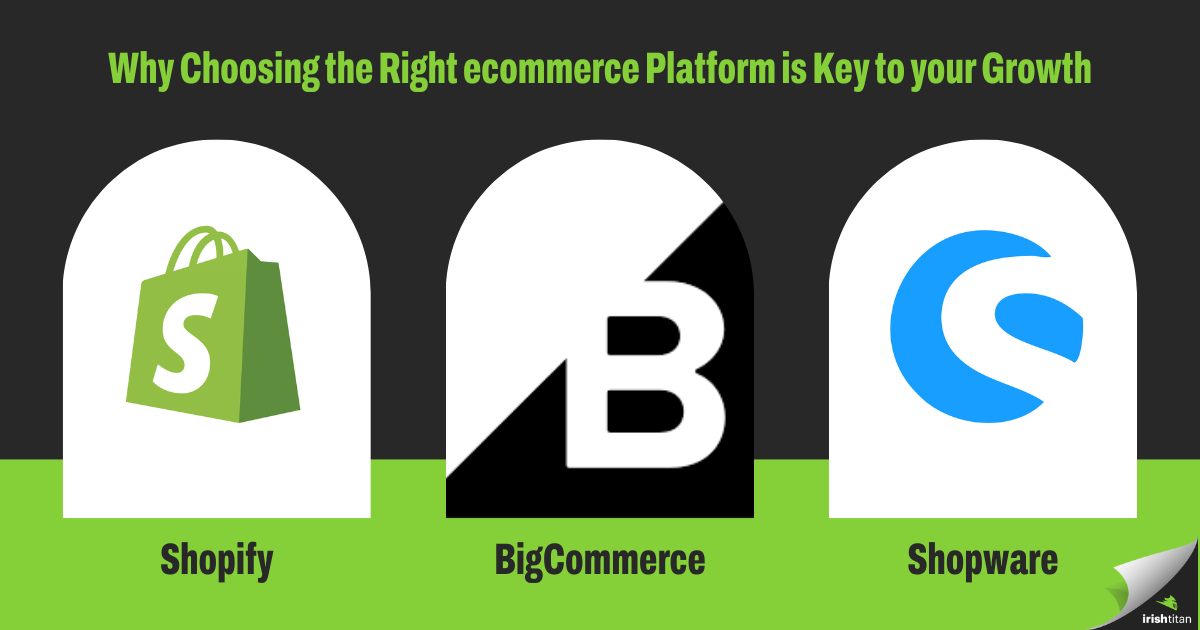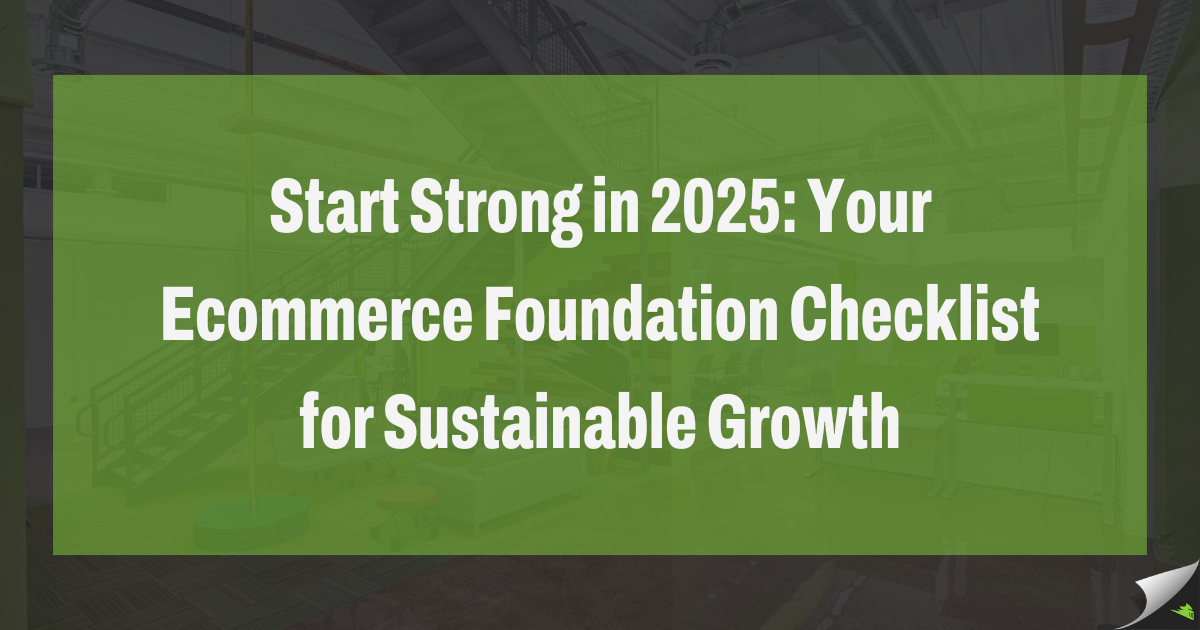Maximizing Your BFCM Success: Strategic Prep for Lasting Customer Loyalty and Strong Post-Holiday Results
Setting yourself up for success pre-BFCM can lead to strong long term results. In 2023, Shopify merchants achieved a record $9.3 billion in sales—a 24% increase from 2022—powered by over 61 million customers, with more than 55,000 brands experiencing their highest sales day ever.
However, it's important to remember that while BFCM attracts a load of new subscribers, they often have lower long-term value and don’t stand the test of time. To maximize post-BFCM success, focus on engaging and retaining these new customers through strategic personalization, proactive communication, and post-purchase follow-ups that turn short-term buyers into long-term loyal customers.
By strengthening your BFCM setup, you’ll be better prepared to excel in the post-BFCM period. Our friends at Stamped asked up to include our thoughts in the “Retention Revival: Strategies for Reconverting BFCM Buyers” ebook to help you avoid common pitfalls. Here’s a rough summary to wet the whistle.
- Ask for reviews and encourage photos or videos in follow-up email marketing. (Stamped)
- Set up feedback loops using AI to monitor the effectiveness of pre- and post-BFCM messaging and retargeting campaigns. (Attentive)
- Offer bundles or free gifts with purchase as part of your purchasing strategy. (Repeat)
- Provide flexible return options and automate the return process. (Aftership)
- Ensure the return and exchange process is smooth and properly set up. (Gorgias)
- Keep internal teams updated on holiday-specific policies. (Gorgias)
- Automate post-purchase education to enhance customer product experience.(Gorgias)
- Automate email follow-ups, schedule them in the right order, and implement live chat with conversational AI. (Gorgias)
- Leverage AI for personalization, data collection, and monitoring of pre- and post-BFCM campaigns. (Attentive)
- Collect data on purchasing behavior, demographics, and engagement. Lean into personalization. (Attentive)
- Communicate shipping estimates and cut-off times clearly and early in the process. (Irish Titan)
- Avoid new paid media strategies during BFCM, and monitor or adjust spending targets, creative, and content based on ROAS before BFCM begins. (Irish Titan)
While we shared high level insights in the ebook, we wanted to follow up with a few additional quick wins to help you hit the ground running. We asked the Titan Hive Mind to brainstorm actionable ideas that you can implement right now:
1. Highlight Product Bundles & Discounts
Create a few bundle deals or limited-time discounts that are easy to find on your homepage or featured sections.
2. Messaging Continuity Across All Efforts
Consistent messaging helps establish trust, boosts recognition, and minimizes customer confusion, making your BFCM campaigns much more effective and memorable!
3. Use Countdown Timers Consistently
If you’re using countdowns for urgency, make sure they’re consistent across platforms—on-site, in emails, and on social media—to build a unified sense of urgency.
4. Coordinate Your Ad Copy & Landing Pages
Double-check that each ad’s CTA, imagery, and messaging flow seamlessly into the landing page, matching both the promotion and product focus.
5. Prepare for Omnichannel Customer Questions
Set up quick responses for customer support across chat, email, and social DMs so your team can handle questions about deals and promotions. This helps avoid mixed messages or confusion.
6. Build a VIP List for Early Access
Use sales data, email, and SMS to gather a “VIP” list, offering early access to deals or exclusive discounts. This creates a sense of urgency and drives early sales.
7. Double-Check Inventory Levels
Confirm you have enough stock for popular items and update product pages to reflect “limited stock” on high-demand items to build urgency.
8. Set Up Cart Abandonment Campaigns
If someone leaves a cart, trigger an automated email with an exclusive discount to encourage them to complete their purchase. Something to not forget to do this holiday season!
9. Define Success Metrics & Stay Ready to Pivot
Identify key metrics (like conversion rate, ROAS, email open rates) that will indicate campaign success, and monitor them closely. If a campaign underperforms, have backup strategies ready, like adjusting ad spend, changing creative, or shifting focus to higher-converting products. Being agile with your metrics keeps you responsive to maximize results throughout BFCM!
10. Leverage Past Performance & Industry Trends
Review last year’s BFCM data and holiday trends in your industry to identify what worked and what didn’t. Look at metrics like top-selling products, peak shopping times, and successful channels. Combine these insights with this year’s trend predictions (e.g., mobile shopping growth, popular discounts) to make data-backed decisions and align your strategy with what shoppers are likely expecting this season.
Detailed Partner Summaries in Strategies for Reconverting BFCM Buyers
Start by incorporating requests for customer reviews that include photos or videos into your follow-up email marketing campaigns. This approach can make a significant impact, as 85% of customers prefer photo reviews over text-only reviews, and visual evidence can be highly persuasive—60% of customers find user-generated content (UGC) three times more authentic than other types of content. Plus, adding photos can boost review conversion rates on product detail pages by an impressive 106%. Setting up these tactics pre-BFCM will help you create a solid foundation for even stronger post-BFCM performance.
Incorporating bundles or a free gift with purchase into your purchasing strategy can help drive more immediate sales and boost customer satisfaction. “At Repeat, we've analyzed data from past holiday shopping periods and observed that, while repurchase rates tend to decline, they usually dip after the 30-day mark.” This insight suggests that adding value upfront through bundles or free gifts can maximize the initial impact and customer loyalty before that period, potentially mitigating post-holiday drop-offs in repurchases.
Providing flexible return options and automating as much of the return process as possible can significantly improve customer satisfaction and retention. According to AfterShip data, retailers offering three or more return resolution options achieved a revenue retention rate of over 30%. The most effective return mixes include the option to exchange items, which not only boosts retention but also drives upsell opportunities, with merchants seeing an average 12% increase in upsell revenue from exchanges.
To maximize success this holiday season, make sure your internal teams are fully informed about any holiday-specific policies. Implement live chat flows and conversational AI responders to provide quick and efficient customer support, and automate all email follow-ups to ensure they’re delivered in the correct sequence. Setting up automated post-purchase education emails will also help customers enjoy their products even more, increasing satisfaction and loyalty. Finally, establish a smooth and flexible return and exchange process to streamline customer experience and drive retention, ensuring your holiday operations run seamlessly from purchase to post-purchase support
Ensure your systems are set up to collect essential data on purchasing behavior, demographics, and engagement levels. Use this data to lean into personalization, creating tailored experiences that resonate with customers. Leverage AI wherever possible to enhance these efforts, including setting up AI-driven feedback loops to monitor the effectiveness of your pre- and post-BFCM personalized messaging and retargeting campaigns. This approach will help you continuously refine your strategies for maximum impact and customer satisfaction.
To prepare for a successful BFCM period, ensure you're transparent with customers about shipping estimates and delivery cut-off times, displaying these details as early as possible to set clear expectations. Avoid testing any new paid media strategies during BFCM; instead, consistently monitor and adjust spending targets, creative assets, and content based on ROAS metrics well in advance. This proactive approach will help optimize performance and minimize surprises once the peak shopping period begins.
Ultimately, setting yourself up for success pre-BFCM is essential for achieving strong post-BFCM results. By leveraging strategies such as personalized email campaigns, AI-driven feedback loops, flexible return options, and clear communication around shipping estimates, you can not only optimize your holiday sales but also build long-term customer loyalty.
The key to sustained success lies in preparation—ensuring your systems, internal teams, and marketing efforts are aligned ahead of time. By implementing these actionable insights and consistently monitoring performance, you can navigate both the holiday rush and beyond with ease, making the most of every opportunity to convert short-term buyers into loyal, long-term customers.
More from Ecommerce...
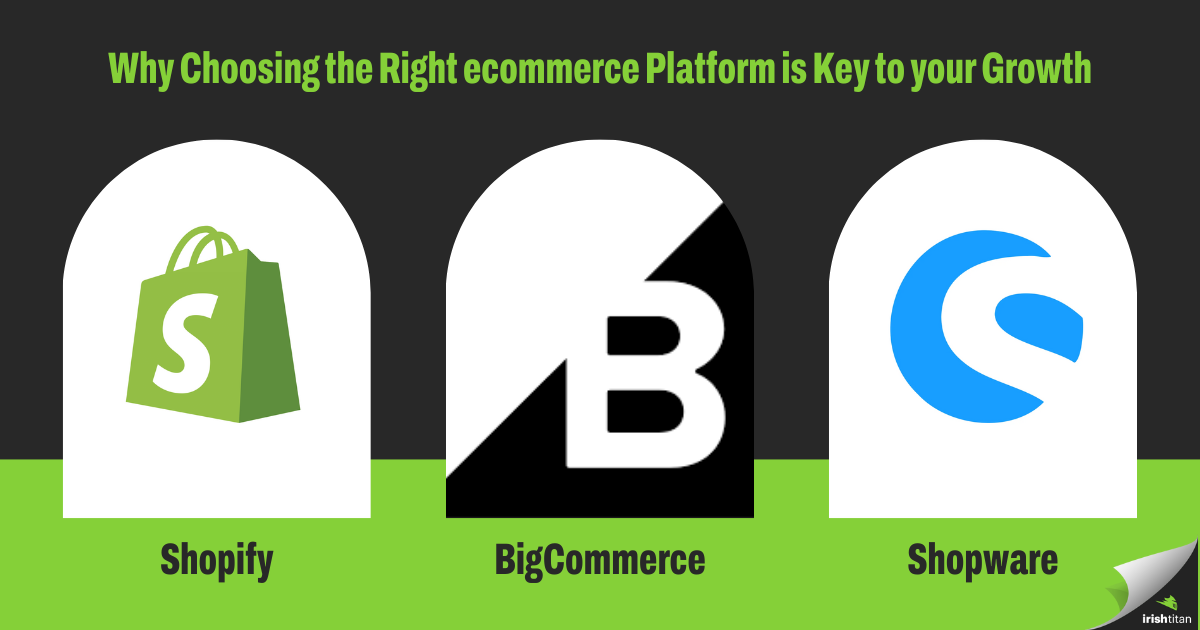
Your ecommerce platform is the nucleus of your business and choosing the right platform for your website is the essential nutrient for longevity and growth of your business.
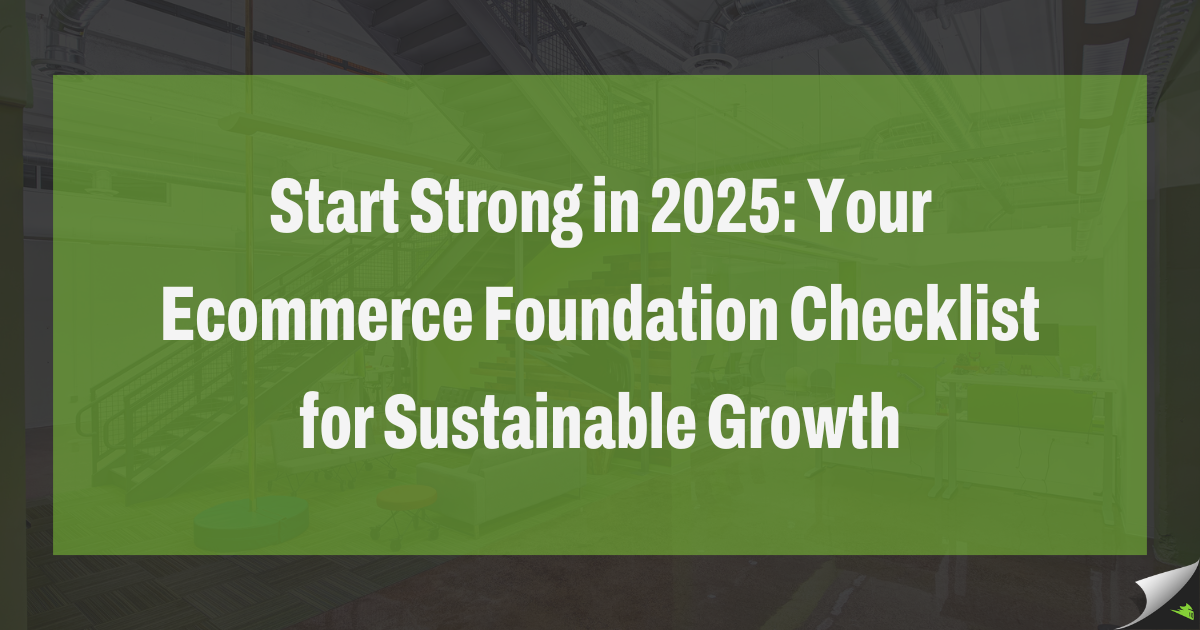
We’re kicking off the new year with a fresh approach to help you learn more from us—and about how we can help your business grow.
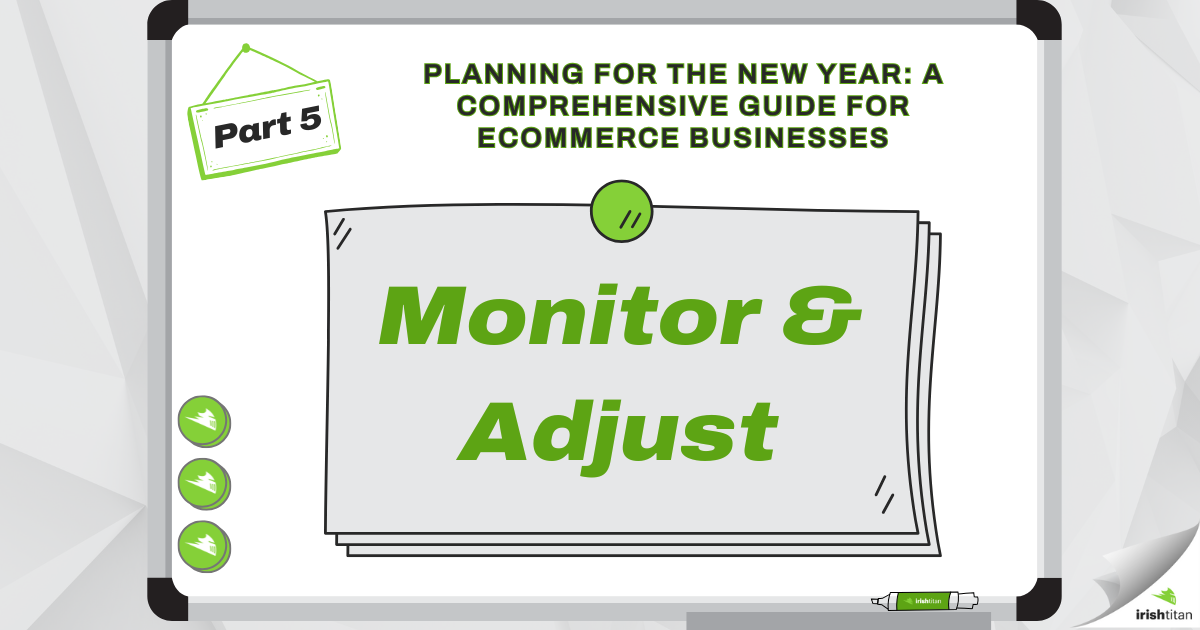
In the final part of our 2025 planning guide, we’re diving into a crucial practice for any successful ecommerce business: staying dynamic in an ever-changing market.


